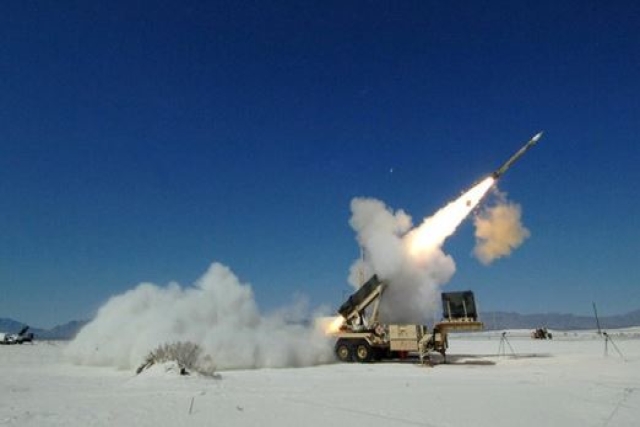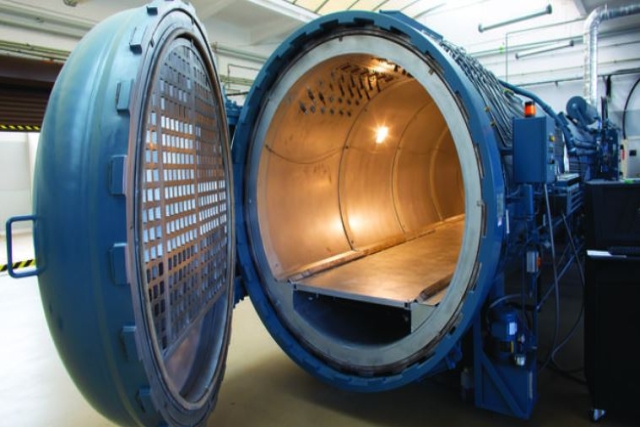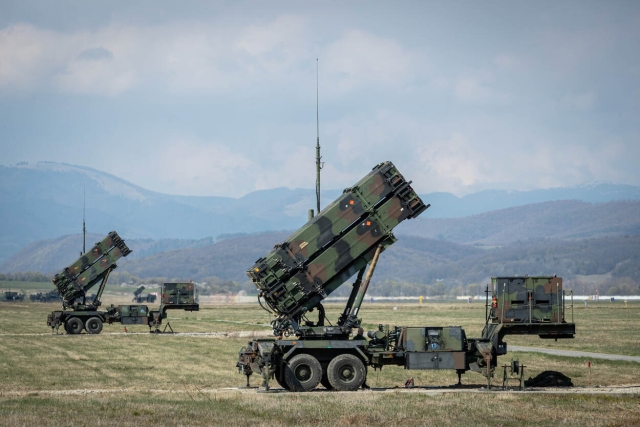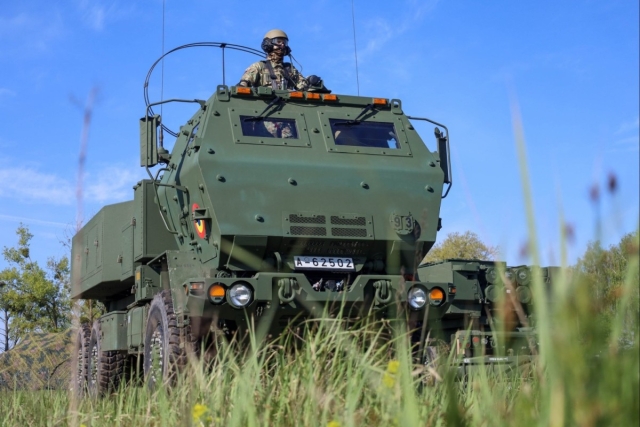Lockheed Secures $5.3B Patriot Systems Contract for Foreign Customer
PAC-3 system is designed to protect ground forces and critical assets from threats such as cruise missiles, aircraft, and tactical ballistic missiles

The Pentagon has announced a $5.3 billion contract with Lockheed Martin for the Phased Array Tracking Radar to Intercept on Target Advanced Capability-3 (PAC-3) missile system.
The contract, awarded on June 28, includes funding from fiscal 2024 missile procurement, Army funds, and Foreign Military Sales funds, all of which were obligated at the time of the award. The project is expected to be completed by June 30, 2027. On the same day, the Army announced a contract valued $4.5 billion for PAC-3 Missile Segment Enhancement production. This contract awarded to Lockheed Martin Missiles and Fire Control will procure 870 PAC-3 MSE missiles and associated hardware.
In April Lockheed Martin received a potential $2.45 billion contract modification from the Army for PAC-3 missile production support.
The PAC-3 system is an air defense guided missile designed to protect ground forces and critical assets from threats such as cruise missiles, aircraft, and tactical ballistic missiles.
The Patriot missile system, of which PAC-3 is a part, stands for Phased Array Tracking Radar for Intercept on Target. The mobile system typically includes a powerful radar, control station, power generator, launch stations, and other support vehicles.
The system's capabilities vary with different interceptors. The PAC-2 interceptor employs a blast-fragmentation warhead, while the newer PAC-3 missile uses hit-to-kill technology. The radar system has a range of over 150 kilometers (93 miles), according to a 2015 report by NATO.
A newly produced single Patriot battery costs over $1 billion, with $400 million for the system and $690 million for the missiles in a battery, according to the Center for Strategic and International Studies. While the system is designed to intercept aircraft and ballistic missiles, it can also target "kamikaze" drones, though this would be an expensive method to counter relatively low-cost threats.













